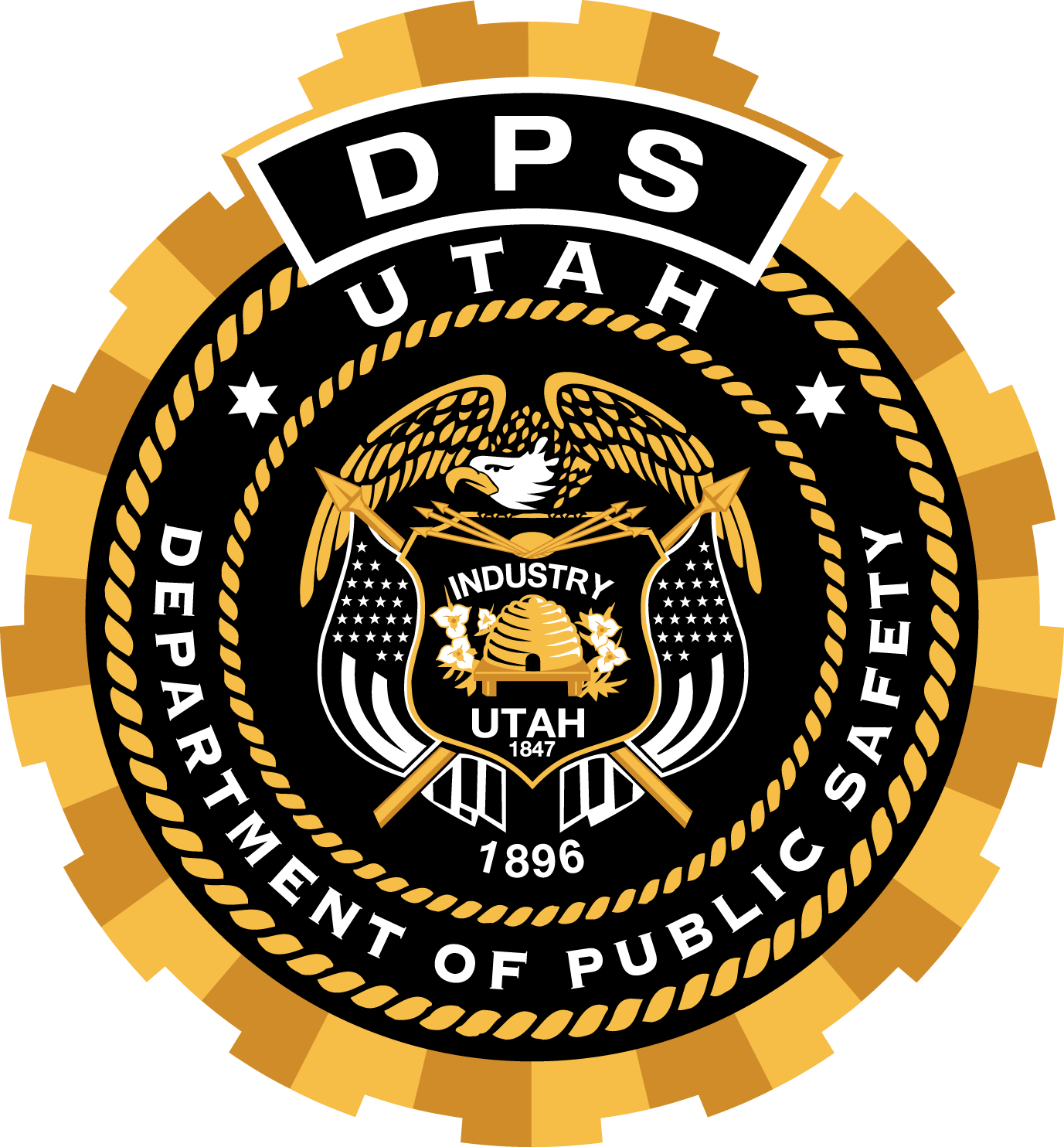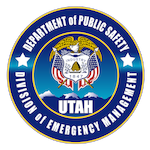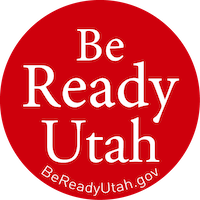- ▾ Other ShakeOuts ▾
- Alaska
- American Samoa
- Arizona
- British Columbia
- California
- Central U.S. (AL AR IA IL IN KS KY LA MO MS NE OH OK TN)
- CNMI
- Colorado
- Guam
- Hawaii
- Idaho
- Japan
- Montana
- Nevada
- New Mexico
- New Zealand
- NorthEast U.S. (CT MA ME NH NJ NY PA RI VT)
- Oregon
- Puerto Rico
- Quebec & Eastern Ontario
- SouthEast U.S. (DC DE FL GA MD NC SC VA WV)
- Texas
- Upper MidWest U.S. (MI MN ND SD WI)
- U.S. Virgin Islands
- Utah
- Washington State
- Wyoming
- Yukon
- Other Countries

Why Should You Participate?
We all must get better prepared for major earthquakes, and practice how to protect ourselves when they happen. The purpose of the ShakeOut is to help people and organizations do both. The following video has been created to show what may happen in a Wasatch fault earthquake, and what Utahns can do to reduce losses.
Benefits
As a registered ShakeOut participant you will:
- Be counted in the largest earthquake drill in Utah ever!
- (Optional) Be included on lists of
who is participating in your area - Be an example that motivates others to participate and get prepared
- Be updated with ShakeOut news and other information about earthquakes and preparedness
EARTHQUAKE HAZARDS
Overview
90% of Utah's population lives in active earthquake zones.
Utah has experienced damaging earthquakes in the past and geologic evidence indicates that earthquakes larger than any experienced locally in historical time are likely in the future.
Large earthquakes are possible anywhere in Utah, but they are most likely in a "seismic belt" about 100 miles wide extending north - south along the Wasatch Front and through Richfield to Cedar City and St. George. Utah averages a magnitude 6 earthquake once every 15 to 20 years.
Earthquakes in Utah-How Serious is the Threat? Utah Earthquake Probabilities.
Many Utah residents discount the earthquake hazard based on the near absence of moderate to large earthquakes, particularly along the Wasatch Front, since pioneer settlement in 1847. Most people living in Utah today have not experienced a damaging earthquake in the state. They are unaware of the long time intervals between large earthquakes on faults in the Basin and Range Province (average time between large earthquakes measured in hundreds to many thousands of years, compared with tens to hundreds of years for parts of the San Andreas fault in California). Comparing the average recurrence interval with the amount of time since the last large earthquake indicates that the next large earthquake is becoming increasingly likely on certain parts of the Wasatch fault [...].
Utah straddles the boundary between the extending Basin and Range Province to the west and the relatively more stable Rocky Mountains and Colorado Plateau to the east. This boundary coincides with an area of earthquake activity called the Intermountain Seismic Belt (ISB; [...]). Utah’s longest and most active fault, the Wasatch fault, lies within the ISB. Unfortunately, the heavily populated Wasatch Front (Ogden - Salt Lake City -Provo urban corridor) and the rapidly growing St. George and Cedar City areas are also within the ISB, putting most of Utah’s residents at risk.
Putting Down Roots in Earthquake Country Utah Seismic Safety Commission, Utah Division of Emergency Management, Utah Geological Survey, University of Utah Seismograph Stations, Structural Engineers Association of Utah, United States Geological Survey, Federal Emergency Management Agency.
Useful Resources about Utah Earthquakes:
Hazards in Utah (Be Ready Utah)
Utah Seismic Safety Commission
Putting Down Roots in Earthquake Country (64 MB PDF booklet)
WHY DROP, Cover, and Hold On?
Why is it important to do a Drop, Cover, and Hold On drill? To react quickly you must practice often. You may only have seconds to protect yourself in an earthquake, before strong shaking knocks you down--or drops something on you. Practicing helps you be ready to respond.
- If you are inside a building, move no more than a few steps, then Drop, Cover and Hold On:
- DROP to the ground (before the earthquake drops you!),
- Take COVER by getting under a sturdy desk or table, and
- HOLD ON to it until the shaking stops.
- If you are outdoors when the shaking starts, you should find a clear spot away from buildings, trees, streetlights, and power lines, then Drop, Cover and Hold On. Stay there until the shaking stops.
- If you are driving, pull over to a clear location, stop and stay there with your seatbelt fastened until the shaking stops. Once the shaking stops, proceed with caution and avoid bridges or ramps that might have been damaged.
Ground shaking during an earthquake is seldom the cause of injury. Most earthquake-related injuries and deaths are caused by collapsing walls and roofs, flying glass and falling objects. It is extremely important for a person to move as little as possible to reach the place of safety he or she has identified because most injuries occur when people try to move more than a short distance during the shaking.
Look around you now, before an earthquake. Identify safe places such as under a sturdy piece of furniture or against an interior wall in your home, office or school so that when the shaking starts you can respond quickly. An immediate response to move to the safe place can save lives. And that safe place should be within a few steps to avoid injury from flying debris.
Further information:







